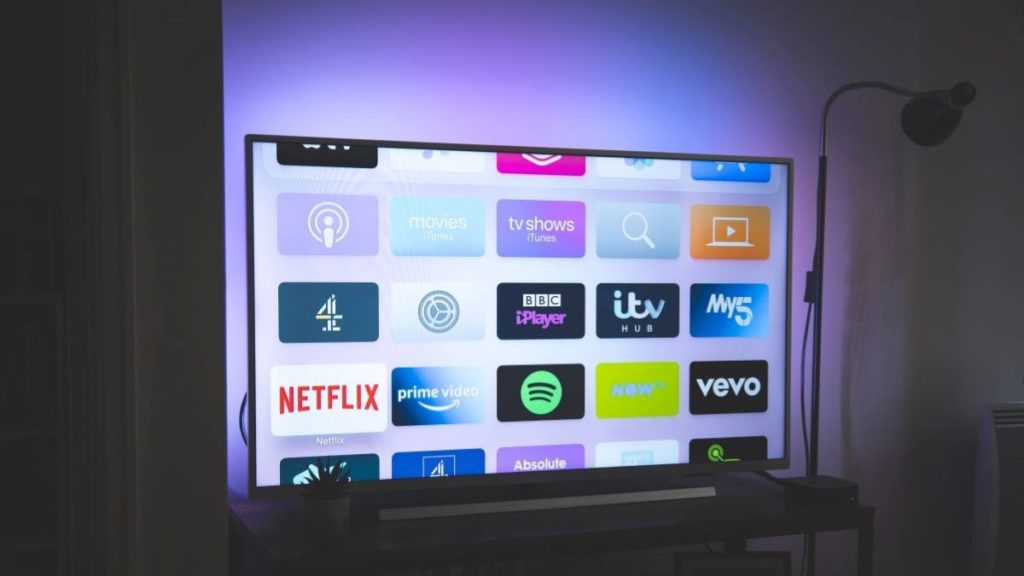Featured photo by Nicolas J Leclercq on Unsplash
The big names in the cable TV industry are struggling nowadays. In the past five years, in fact, cable companies have seen a dramatic drop in their numbers of paying customers.
Cord-cutting movements have been on the rise, leading to increased demands for streaming services. Big names like Spectrum TV still seem to be enjoying millions of subscribers across the United States. However, the fact is that streaming services offer a more affordable entertainment option for many households, and cable cancellation seems to be accelerating with every passing day.
During the lockdown, people looked for ways to lower stress while killing time. Online streaming services filled that need. Consumers discovered they were the better option, especially when it came to affordability. Moreover, people who were facing an uncertain financial future certainly didn’t want hefty cable bills.
Recent studies have shown that cable TV companies have not been able to gain significant numbers of new customers. What’s more, they haven’t been able to attract customers other providers have lost. This poses an alarming situation for the cable TV industry. It means that consumers are not merely saying goodbye to their original provider. Instead, they are cutting their ties with the cable TV industry, resulting in dropping revenues for the entire industry.
RELATED ARTICLE: START A BUSINESS THAT’S FUTURE-PROOF
Cable TV Providers Are Looking for Fresh Alternatives
There appears to be an equilibrium at the moment between cable TV and streaming services as a whole. However, with the rapidly falling numbers of cable TV subscribers, streaming services might manage to take over the market in the near future.
Realizing the severity of the issue, most cable TV providers have started looking for alternatives. They understand, of course, that they must compensate somehow for the losses in revenue as consumers’ TV viewing habits change.
Therefore, cable companies are trying to increase their numbers of broadband service subscribers. They do this by providing faster Internet speeds at lower prices than their competitors. This has helped providers to compensate for the loss of cable TV subscriptions.
In fact, some providers have been quite successful in their efforts, since they have been able to grab more cable Internet subscribers than they have lost to the cord-cutting movement. High-speed Internet has been their saving grace, and it is one of the areas in which cable companies have been able to earn back some of the money they’ve been losing.
For instance, Comcast lost around 477,000 cable TV customers in the second quarter of 2020. However, they gained approximately 323,000 Internet subscribers during the same period. In fact, most industry observers agree that 20 to 30 percent of cable TV companies’ revenue these days comes from broadband Internet service.
Bundle Offers Keep Subscribers Happy
Cable TV providers have learned that bundle offers are quite popular among consumers. Bundle offers provide customers opportunities to have cable TV, Internet, and/or phone services at discounted rates. What’s more, they give subscribers the convenience of managing multiple services under one bill. Providers continue to roll out attractive bundle deal offers to attract more attention from potential consumers. These offers have helped boost their revenues.
Additionally, many cable companies are now launching their own streaming apps or services to fight in the streaming war. Similarly, home phone services that almost all cable TV providers provide in bundles, along with cable TV and Internet services, also help in persuading consumers to opt for their bundle offers. But the cable companies that do not have a studio or on-demand video feature seem to be struggling.
RELATED ARTICLE: THE BEST PHONE SERVICES FOR US STARTUPS IN 2020
Cable TV Companies Have a Hard Fight Ahead of Them
Cable TV companies are having a difficult time these days, what with combating the streaming war and the cord-cutting trend.
However, they can still generate sufficient revenue by providing broadband services and launching streaming apps of their own. Additionally, their bundle offers have been a success, as subscribers love them.
But cable TV providers that are not willing to make such accommodations to consumers’ current desires will likely find themselves going the way of the dinosaur.
Keep up with trends in technology that can affect your business. Bookmark our blog and visit us often.
